Figuring out what to tip a tour guide is not always so straightforward.
But there are some ways to break down your travel experience that can help you intelligently decide on a number to tip (or not to tip).
Below is a breakdown that may help you arrive had a good tipping number for tour guides. (This will be mostly applicable in the US since tipping is not so customary in other countries.)
Table of Contents
General tour guide tipping formula
I would generally recommend to tip your tour guides between 5% to 15% depending on the range of relevant factors that I discuss below.
What is the actual cost of your tour?
Sometimes, you might be turned off by the suggested tip amount when you look at the percentage of your total tour cost.
In these cases, it can really help to break down the different components of your tour so that you can properly assess the right tipping percentage.
The idea is just to tip based on the value of work that the tour guide actually did.
For example, if you booked a bear viewing tour in Alaska that cost $1,000 but $600 of that was just covering airfare then the effective value of your tour guide’s service is $400.
It would make more sense to base your tip on $400 which might make tipping 10% to 15% much more doable for you.
Typically, you would subtract items from your total for things like: meals, entrance fees/permits, transportation, and lodging.
Once you have figured out the actual cost of your tour, then you can decide on if you want to tip based on a percentage or a flat rate.
Tour guide tipping formula
This simple formula will help you come up with appropriate tips for your tour guides.
I’ll explain how it works in detail below but essentially you assume a baseline tip of 5% and then add an additional % based on what the tour guide had to offer.
There are five factors I consider:
- Safety (+2%)
- Education (+2%)
- Entertainment (+2%)
- Length (+2%)
- Over and beyond (+2% or more)
The idea is that you just quickly tally up what factors apply to your tour and then that gives you the percentage number to go with. You can then round up or down to make things easy.
Note that I have placed 2% by each of these factors but you can come up with a percentage that makes sense for you and your budget.
I’ll show you a quick example so you can see how this formula works out.
Let’s say I’m going on a tour in a glow worm cave in New Zealand.
The tour guide is competent and safely navigates us one hour through the cave while educating us on the local ecosystems and some of the natural scenery surrounding us.
The guide is not particularly entertaining and I don’t really get the sense that he is going above and beyond for us in any capacity.
I’m probably going to give him the baseline 5% plus extra points for safety and education. That means that I’d be looking to tip out about 10% with a tendency to round down.
A flat tip
The percentages can help you determine how much to tip but sometimes those percentages can add up to a pretty huge chunk if you were doing a particularly expensive tour.
For that reason, you may want to just offer a flat rate tip.
Let’s say that your total tour was $1,000.
If you apply the above formula and came out to a 15% tip, maybe $150 is a little bit too expensive of a tip for you. So in this case you simply place the ceiling on the tip at maybe $50 or $100.
If you are tipping at a flat rate I would try to keep your tip to at least at or above 5% of your actual tour cost.
Breaking down the tipping formula
Baseline (5%)
A good baseline tip for tour guides of all types is 5% of the total cost.
If the tour was very cheap then try to just tip at minimum of $2 since $1 tips don’t always go over well.
Safety (+2%)
I like to add an additional 2% whenever my safety is in the hands of a tour guide. This would be the case on things like a boat tour, helicopter tour, scuba dive, etc.
If my life could be in jeopardy due to a poor performance by the operator then that means I’m adding 2% to the formula.
At the same time, if your safety is at stake and the tour guide shows a lack of regard for it, that could be a reason for completely removing a tip.
For example, you might be on a scuba dive and having equipment issues but your dive instructor does not seem to have a regard for your safety or maybe they are nowhere to be found.
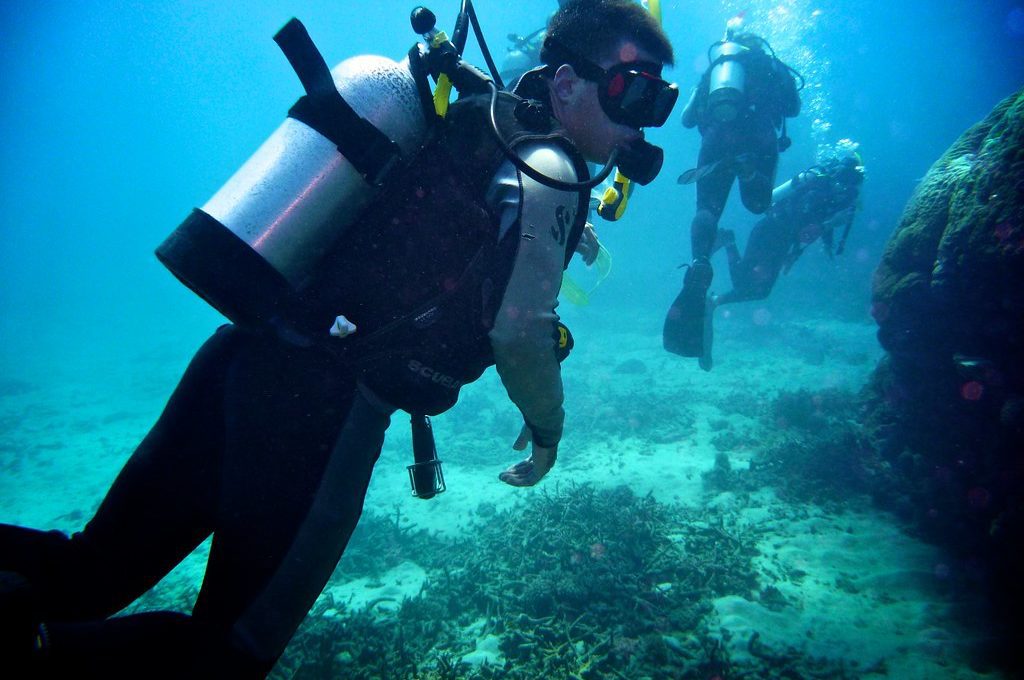
Education (+2%)
If the tour guide provides a quality educational experience then I add an additional 2% to the tip formula.
This is often the case on walking tours, food tours, historic site tours, gardens, etc.
If you feel like your knowledge has been enriched after a tour that is a good sign that you should add 2% for the education bonus.
Sometimes I do a lot of research before visiting a location and I don’t necessarily learn a lot but I recognize that the guide was pouring out interesting knowledge left and right and so I will still add the bonus.
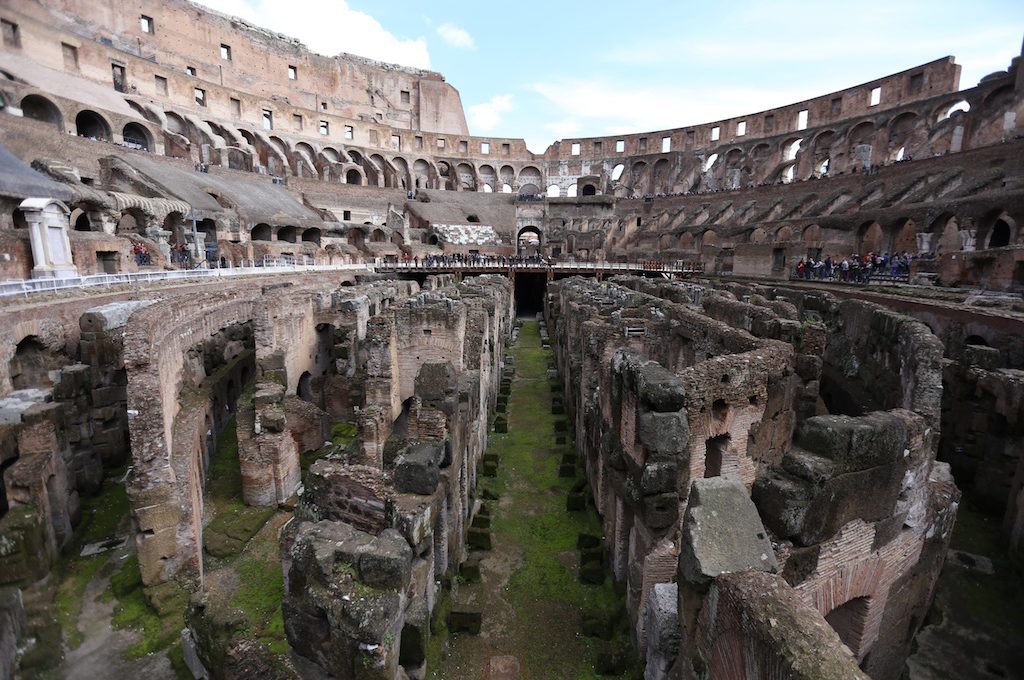
Entertaining (+2%)
Some tour guides are more charismatic than others and provide for a more entertaining experience. These tour guides create good vibes and the time can just fly when they are doing what they do.
If your tour guide has you constantly cracking up throughout the tour or just really interested in what he or she is saying, then that’s a good reason to reward them with an extra 2% and consider more for going above and beyond.
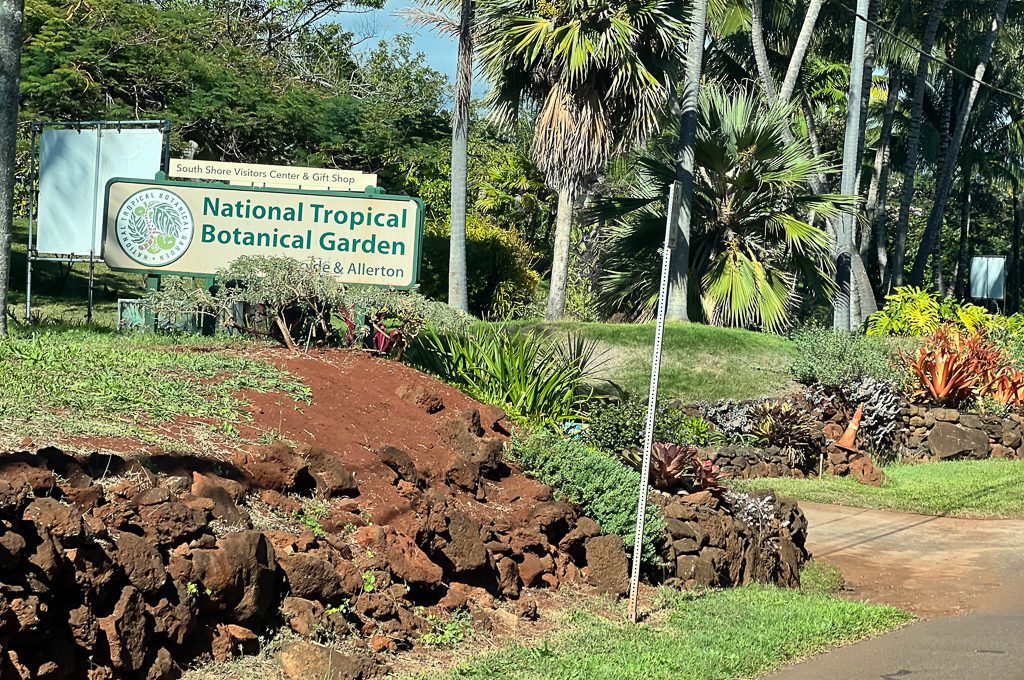
Length (+2%)
I’ll usually add on a couple of percentage points if the tour guide is offering his or her services for an extended period of time.
This is especially true if the tour guide has to be “on” at pretty much all times.
We once did an airboat tour in the Everglades and we had an excellent tour guide who took us through all sorts of different areas. The tour only lasted a couple of hours but he had to be on point during that entire time so that we didn’t crash and end up as gator soup.
That type of focus can be taxing so I like to reward it whenever I can.
Over and beyond (+?%)
When a tour guide goes over and beyond, I believe you should reward them with some additional points.
These situations arise whenever a tour guide is doing whatever they can to help you out even if that means doing things that don’t fall within their job description.
I’ll give some examples of these below to give you an idea what I’m talking about but this is usually something pretty easy to spot.
Bad experience (-?%)
Every now and again you may have a very bad experience on a tour which would justify reducing your tip or even completely avoiding giving a tip.
The biggest reasons why I would decide to NOT leave a tip for a tour guide as if:
- They were rude
- incompetent/negligent
- company made some type of misrepresentation
Rude or inconsiderate
I try to be fair when it comes to tour guides because it can be a pretty difficult job when dealing with lots of people. But some tour guides can get pretty inconsiderate when herding groups of tourists around.
Incompetent/negligent
As mentioned above, when you feel like your safety is at risk because the tour guide is incompetent, that’s a good sign that you should not tip.
In fact, you should report them to management so that you can reduce the risk of something happening to other travelers in the future.
Misrepresentations
Sometimes the tour company misrepresents what they are going to offer you.
For example, I have called ahead to book tours and asked if we would be able to access certain sites only for tour companies to exaggerate what they can do or fail to take the time to verify things. This has led to some pretty big disappointments.
In those situations, I may choose not to tip if I feel like the tour guide could fix the problem but decides not to. Otherwise, I might still leave a tip but will definitely voice a complaint with the company.
(Unfortunately, when running a travel blog you run into this type of thing way too frequently.)
Different tipping scenarios
Now let’s apply this formula to different tour scenarios.
I’ll give you some different scenarios and list out some factors that you’ll want to think about when trying to decide on how much to tip.
A walking tour
A walking tour is usually about learning about all of the history and stories of different sites in a given city or neighborhood, so you’ll be adding points for the education and then perhaps more if they provide the entertainment.
A good walking tour guide will take the time to answer any questions raised and ideally know what they are talking about when answering.
If you’re going through a rough area such as through favelas or some other type of region like that then consider adding an additional 2% for taking care of your safety.
If you are doing a free walking tour then obviously you don’t have a percentage to go on. In that case, you might want to just throw them something like $5 or just match what you see other people giving them.

Boat tour
Your safety is definitely at risk whenever you head into the water on a boat tour or some other type of activity like a kayak tour, canoe tour, etc.
You might also be learning about some of the wildlife or even spotting things like whales, sea turtles, dolphins, etc., so there is potential for getting that knowledge enrichment.
When it comes to wildlife, sometimes guides will go out of their way to help you get good views and photographs to make sure that you don’t miss anything. That can make a good opportunity to add that additional % for going above and beyond.
One example that comes to mind is when we were on a whale shark diving tour and I knocked my GoPro off my head and into the deep ocean. They made us wear lifejackets so with one of those on, there was no way for me to dive beneath the water to save the GoPro.
But without hesitation our guide dove off the boat and rescued the GoPro. That definitely scored him some above and beyond points!
Guides on kayak tours can be really helpful by showing you the best technique and ensuring that you get in and out of your kayak without too much trouble. It’s all about them taking that extra step to make sure you have a good experience.
For a boat tour that goes well, I’m usually looking to tip 15%.
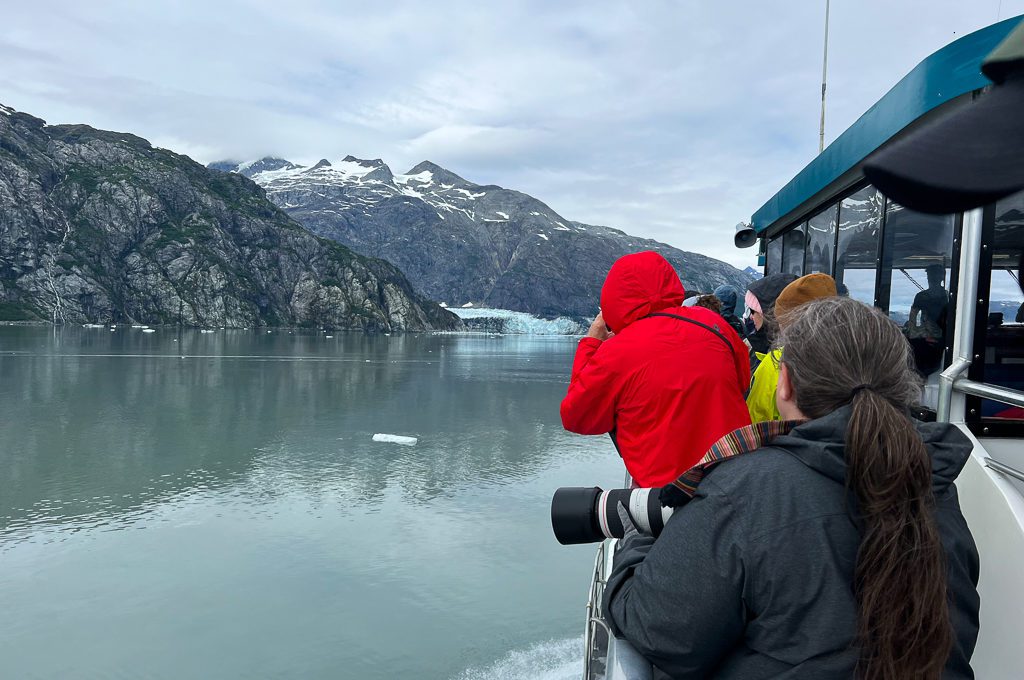
Van drivers
If you’re getting driven around in a van, the van driver may deserve a good tip. For one, safety is a factor especially during certain types of tours like one van trip I did through narrow mountain roads in Mexico.
We once did a northern lights tour and our driver was taking us around on icy roads and in the snow so his driving skills were definitely a major factor to keeping us safe. Plus, he had to keep this up for many hours so it required a lot of focus.
Sometimes during the van ride you might get some inside information from the driver and in those cases you want to add some pints.
Also, because there are typically not many passengers in the van the driver can be attentive to your comfort needs and help out with things like regulating the temperature, volume level of the music, etc.

Bus drivers
If you’re taking a bus tour it’s less likely that you will have interactions with the driver than you would with a smaller van.
Also, because buses require more awareness than a van the bus driver may not be participating in the tour in terms of pointing things out to you.
For those type of tours you may want to only tip 5% to the driver and in other cases you may not necessarily be expected to tip the bus driver anything.
I should also point out that sometimes the van or bus driver will share tips with other guides who are able to be more engaging. If you are dealing with multiple drivers or guides on a tour then consider just applying the formula to the overall experience.
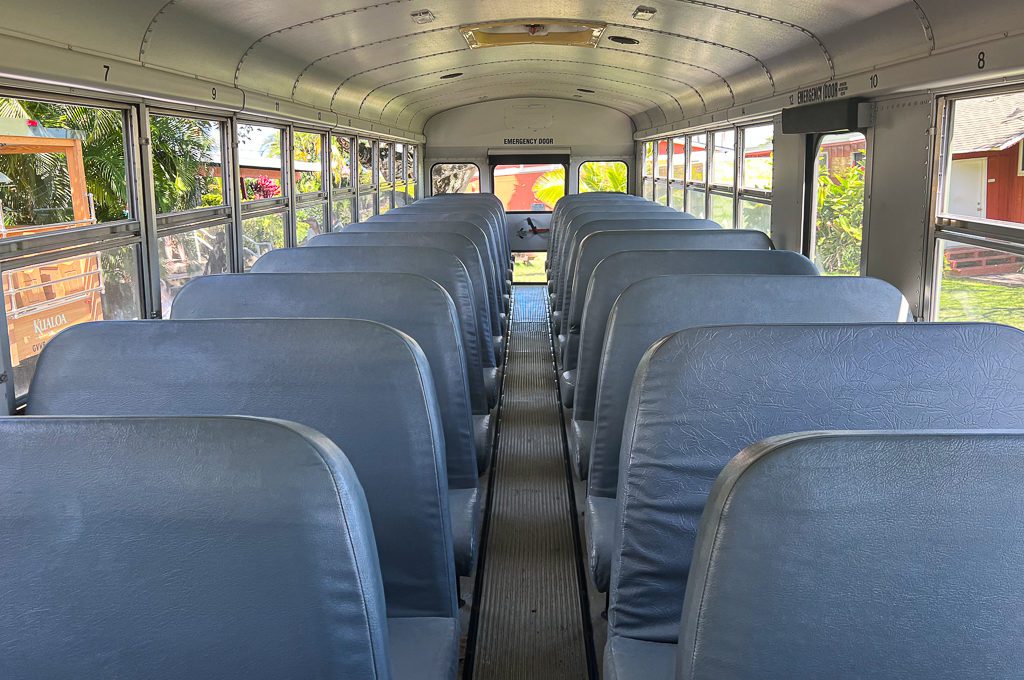
ATV/Jeep tours
If you’re headed off road especially on serious technical off-road routes, you don’t want to take the driving skills of your driver for granted. One major mistake could jeopardize your safety or leave you stranded so you want to take that into consideration.
These tours are usually pretty entertaining as well so that’s a chance for another couple of points. Tips for these usually range from 10 to 15% for me.
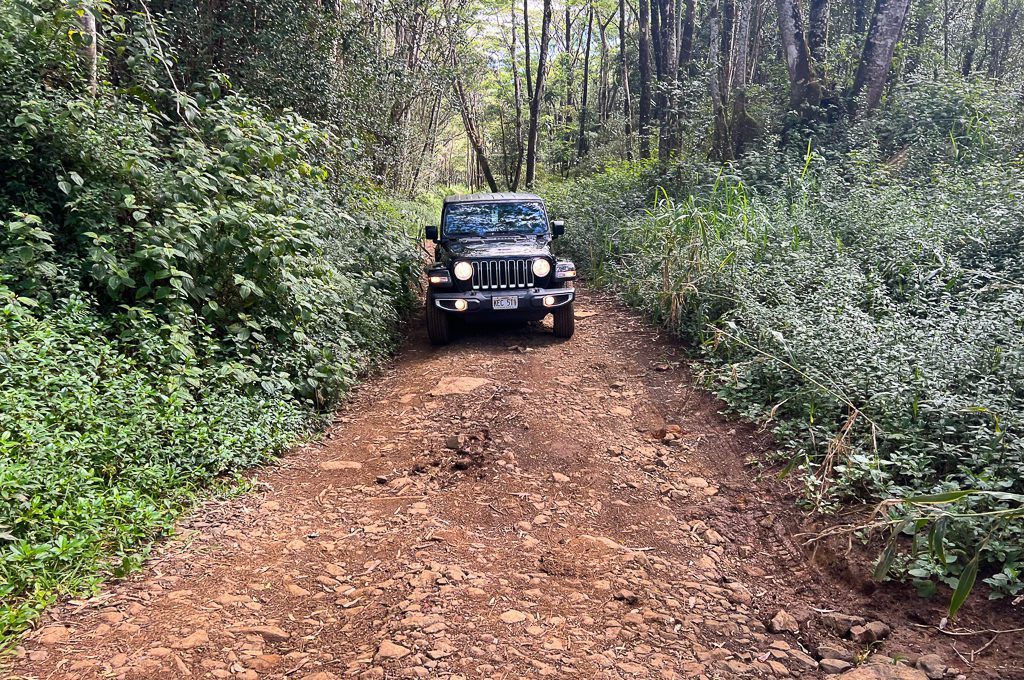
Helicopter tours
Helicopter tours are a prime example of when your life is in the hands of a guide/pilot — safety is obviously a big thing.
The pilots also have the ability to talk to you over the headset and provide you with really good information about all of the sites that you’ll be seeing which will likely be an overwhelming amount.
A good pilot will point out all sorts of interesting tidbits especially in places like Hawaii or Alaska where you’ll find dramatic scenery at seemingly every corner.
A nice sense of humor is also a great way to keep your nerves at ease if you are a little bit anxious up in the air.
I’ve now done several helicopter tours and some pilots have gone above and beyond while others have not.
Those that stick out are the ones who really want to cater the experience to your needs. They will be constantly asking you if you want to go higher/lower or get another look at a certain site. For those type of pilots, I definitely add on points and usually end up tipping around 15%.
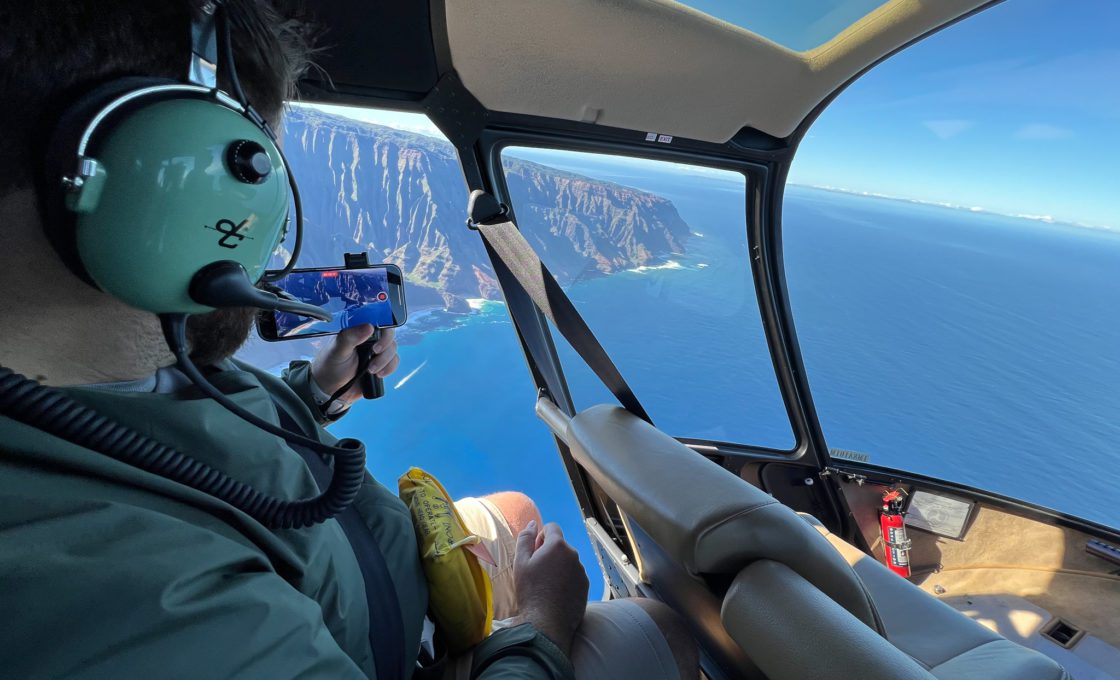
Snorkel/scuba diving
A good diving instructor will keep a constant eye on all of the divers and never venture too far.
Also, if you have an issue whether it is with your equipment or you are just a mental basket case, they will do whatever they can to help you out. Talented scuba instructors can also help point out wildlife and even assist with taking photographs or video for you.
A lot of diving instructors are also a bit goofy and don’t take life too seriously which helps you to have a good time and not get overly anxious about heading into the ocean. I’m usually tipping 15% for dives.
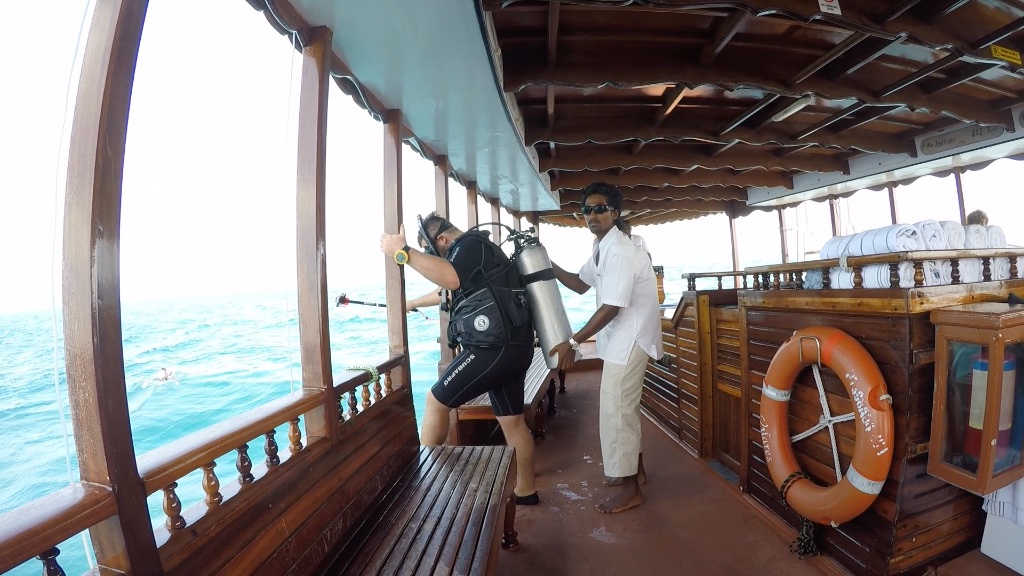
Private tour
For private tours, I think the factors above apply but I would also add another factor which would apply to individual attention.
I wouldn’t necessarily add points for getting individual attention because that is what you are paying for with the private tour but I would certainly take away points if that doesn’t happen.
When you book a private tour you’re doing so for a specific reason.
You want to avoid the hassle of crowds and get individualized attention, possibly for your specific needs. For example, maybe there are a couple of sites along the tour where you wanted to spend a little bit of extra time.
The best way to get the most out of a private tour is to communicate all of your specific needs beforehand and get verification that the company will be able to meet those needs. The tour guide should then strive to make those things happen barring any unexpected circumstances.
On occasion, I’ve done a private tour where my prior outreach efforts did not seem to have an effect on the tour guide and that was always disappointing which led me to tipping a lot less.
Final word
I like breaking down my tips like this because it helps me to feel like I’m giving a tip based on performance which is what tips should usually be based on.
This usually results in me giving a 10% tip except for those scenarios where a tour guide really goes above and beyond. In those situations, there really is no ceiling on the tip and it sort of depends on how much money I’ve already spent on my trip!
Daniel Gillaspia is the Founder of UponArriving.com and the credit card app, WalletFlo. He is a former attorney turned travel expert covering destinations along with TSA, airline, and hotel policies. Since 2014, his content has been featured in publications such as National Geographic, Smithsonian Magazine, and CNBC. Read my bio.

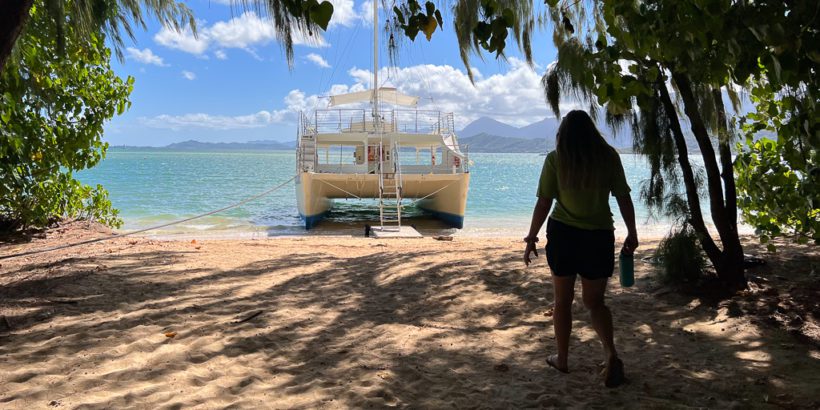
I like your formula approach, and how you explain each tier. Helpful stuff, thanks.
Thanks for the useful guide. As a New Zealander, I’d like to tell readers that tipping is not the norm in New Zealand and staff do not need to top up their wages with tips in order to earn a living wage. Therefore, the NZ glow worm tour example is not a good one. New Zealanders would not tip the guides and would get good cheerful service regardless.
I just asked Siri what a good tip for a tour guide is. Half the time she says 15-20%. The other half, she quotes your article by saying that 5% is good. She doesn’t read any of the points about adding 2%. She just tells people 5%. As a tour guide who works hard to provide an excellent experience for all my guests, it’s a bit disconcerting that Apple phones will tell half of their users that 5% is adequate.